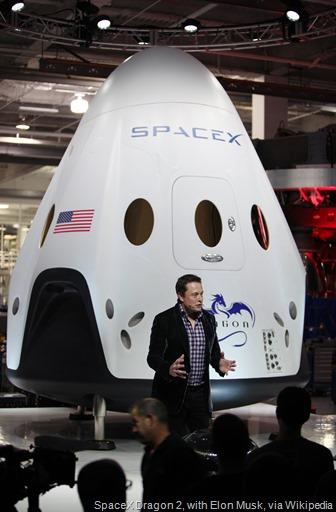 Have you noticed that the really big startup wins in the last couple of decades have come from creating and dominating new market categories, more than just new solutions? Steve Jobs was a master new category king, by preaching the need for new thinking as he introduced the iPad, iPhone, and Apple Watch. Uber and Airbnb did the same for transportation and hospitality.
Have you noticed that the really big startup wins in the last couple of decades have come from creating and dominating new market categories, more than just new solutions? Steve Jobs was a master new category king, by preaching the need for new thinking as he introduced the iPad, iPhone, and Apple Watch. Uber and Airbnb did the same for transportation and hospitality.
As a startup advisor and aspiring angel investor, I’ve long been wary of startups trying to create new markets out of problems people didn’t know they have, or problems generally accepted as unsolvable. In traditional investor parlance, these markets take years to develop and more money and risk than anyone should consider, so look first for a painful problem in a known market.
But now I believe that times have changed. Customers are acclimating to change faster than ever before, technology is evolving very rapidly, all markets are instantly global, and the cost of entry is lower than ever. Bold entrepreneurs such as Elon Musk now routinely attack undefined markets, like privatized space travel with SpaceX, and high performance electric cars with Tesla Motors.
I just finished a new book, “Play Bigger,” by Al Ramadan, et al, that outlines the how and why of new category design to create new demand where none exists, and be the king of that market. The authors describe how early winners have done it, including notable failures, and the key traits needed for category design as an explicit strategy rather than just for support for a new product:
-
Focus first on building a category, not just a product. The need for a new category, such as software in the Cloud by Salesforce.com, needs to be proselytized and analyzed before assuming that your new product will drive the category. You can sell vision before you have a product, and the vision will make you the category king, and keep you there.
-
Overtly design the ecosystem as well as product. Most founders design products and allow others, such as Gartner Group, to define the ecosystem and position their product. Bold entrepreneurs put more effort into communicating the new market ecosystem value, and their natural product fit. They make a long-term strategy come alive for customers.
-
Make thinking different part of the company culture. If your vision is building a new market category, then category design needs to be the key criteria for people you hire, and the type of community you build with investors, partners, analysts, and journalists. You, as the entrepreneur, have to set the culture by everything you say and do.
-
Create a powerful and provocative story of a new view. Bettor solutions may be cheaper or faster, but they are not always different. Different requires a new view with logic or an emotional appeal that stretches a customer’s brain, allowing people to see themselves benefitting from the solution, outside the normal justification parameters.
-
Able to condition the market to generate desire and need. Category design is marketing, public relations, and advertising focused on conditioning the market to desire and need the new category. It’s about changing people’s consumption, usage, and buying decisions. Messaging and branding must come later, after the need is evident.
-
Connect all components to work together and feed off each other. A new market category needs momentum, and a good category design orchestrates all the elements of change, including culture, lifestyle, and social priorities, rather than just products. This helps people move away from the way they used to think, to a new frame of reference.
Many entrepreneurs tout their new technology and solutions as disruptive, implying that the change is so dramatic as to open new markets and new categories. In many cases, this approach fails by scaring investors and confusing customers. The goal of category design is to orchestrate major change without disruption, by making it seem natural and even the customer’s idea.
Thus if you are an entrepreneur who wants success as well as a legacy to be remembered, it’s time to start adopting category design as a key part of your strategy. It won’t guarantee winning, but it does give you an advantage over others around you, who expect the lightning in their solution alone will change the world.

